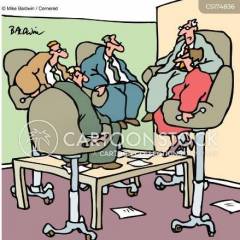IGNORED
The New Ball Flight Laws Are Right, but Misleading
-
Topics Being Discussed Right Now on The Sand Trap
-
- 8,469 replies
- 383,552 views
-
"5 Minutes Daily" Practice Challenge 1 2 3 4 910
By iacas, in Instruction and Playing Tips
- 5 minutes daily
- dedication
- (and 6 more)
- 16,370 replies
- 1,130,580 views
-
- 2,502 replies
- 274,430 views
-
- 8 replies
- 392 views
-
- 2 replies
- 141 views
-








Recommended Posts
Create an account or sign in to comment
You need to be a member in order to leave a comment
Create an account
Sign up for a new account in our community. It's easy!
Register a new accountSign in
Already have an account? Sign in here.
Sign In Now